May 19, 2025 | 19:30 GMT +7
May 19, 2025 | 19:30 GMT +7
Hotline: 0913.378.918
May 19, 2025 | 19:30 GMT +7
Hotline: 0913.378.918
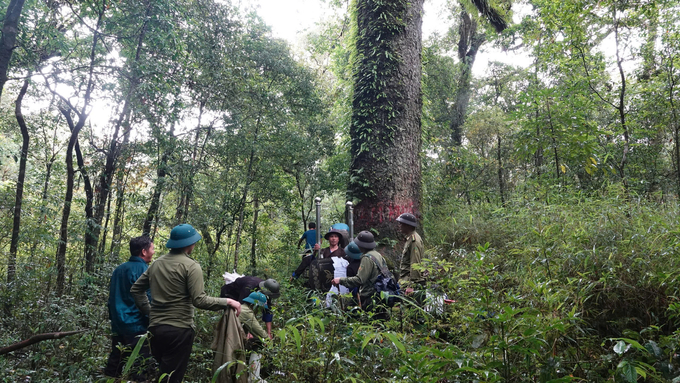
Mu Cang Chai forest ranger district has recognized several fokienia and tsuga trees, some hundreds of years old, as heritage trees. Photo: Thanh Tien.
This past August, Mu Cang Chai forest ranger district recognized some individual tsuga and fokienia trees in the Ta Cay Dang area, Na Hang hamlet, Che Tao commune, as Vietnamese heritage trees.
The fokienia and tsuga trees are located within the 20,000-hectare Mu Cang Chai Species and Habitat Conservation Area.
The fokienia tree (Fokienia hodginsii) is a large, evergreen tree with a conical shape and can grow 25-30 meters tall. This wood species is highly valued for construction, home decoration, high-end furniture, and handicrafts. In the past, the Hmong people used it for roofing and wall construction owing to its easy splitting, durability in rain and sun, and resistance to termites. Its wood and roots can be distilled into essential oils for medicinal and aromatic purposes. The tree is considered endangered in Vietnam and is listed in the Redlist.
Additionally, there are over 3,000 naturally growing fokienia trees in Che Tao commune, most of which are over 100 years old. Some trees have a diameter exceeding 2 meters, whilst over 1,000 have diameters ranging from 1-1.8 meters and heights of 15-20 meters.
The tsuga tree (Tsuga chinensis) can grow up to 20 meters tall. This East Asian species has fine-grained, ivory-colored wood with a slight fragrance, resistant to termites, and easy to process, making it popular for household items. This area has over 1,000 tsuga trees aged between 400 to 800 years, with diameters ranging from 2.5 to 5.8 meters or larger.
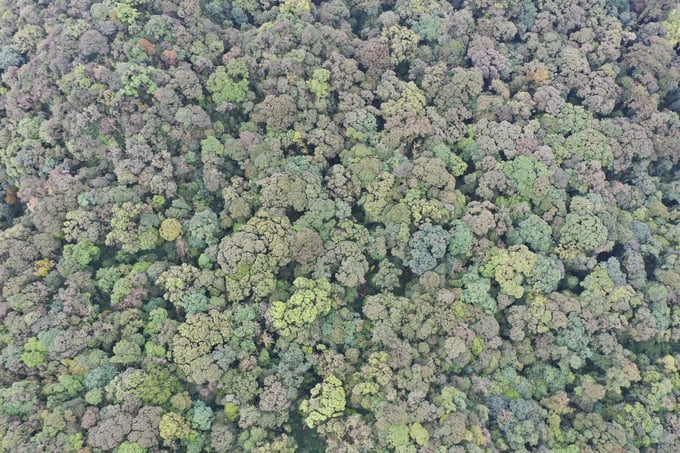
Mu Cang Chai Species and Habitat Conservation Area, spanning more than 20,000 hectares, is home to many rare plant and animal species. Photo: Thanh Tien.
Mr. Tran Xuan Duong, Head of the Mu Cang Chai forest ranger district, shared that these fokienia and tsuga trees, long recognized for their historical significance due to their centuries-old age, are invaluable for genetic conservation and environmental research, as well as for preserving the cultural heritage of the area. Strict protection helps safeguard genetic resources and contributes to the sustainable preservation and ecosystems and biodiversity development.
Selection and recognition of heritage trees facilitate conserving genetic resources, fostering a sense of respect for nature, enhancing environmental responsibility within communities, and promoting the rich and scientifically valuable diversity of Vietnam's flora, which supports ecotourism and scientific research.
Mr. Sung A Chua, Vice Chairman of the Mu Cang Chai district People's Committee, added that Mu Cang Chải Species and Habitat Conservation Area is also home to 221 species, 162 genera, and 61 families of terrestrial vertebrates. Among these are 53 mammal species, 130 bird species, 26 reptile species, and 12 amphibian species. Notably, the area also hosts some troops of black gibbons and many other rare plant and animal species, which are being strictly protected by local authorities and the community.
Translated by Kieu Chi
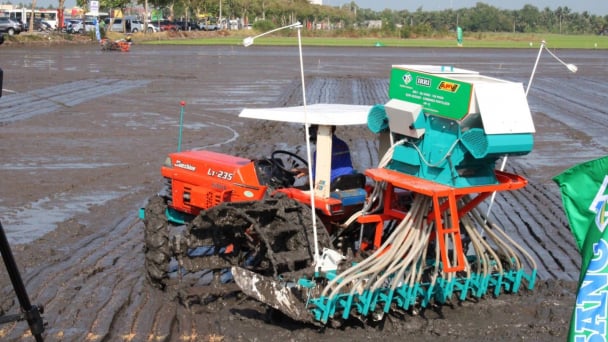
(VAN) The German Agricultural Society (DLG) explores the possibility of establishing a mechanization service center in Vietnam’s Mekong Delta to support farmers in accessing and utilizing advanced machinery.
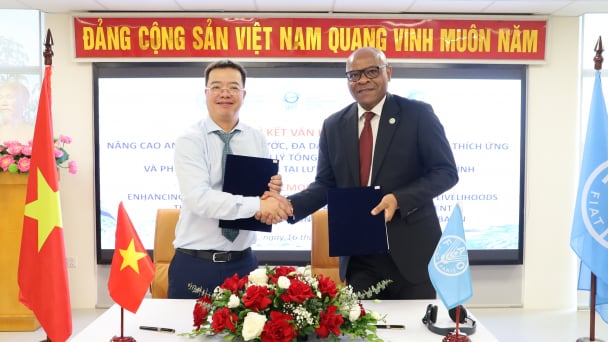
(VAN) On May 16, the Department of Water Resources Management, in collaboration with the Food and Agriculture Organization of the United Nations (FAO), held a signing ceremony for the GEF-8 project document.

(VAN) Food safety, mechanization, vocational training, and market opening are key areas of cooperation expected between the Vietnamese Government and the Federal Republic of Germany.
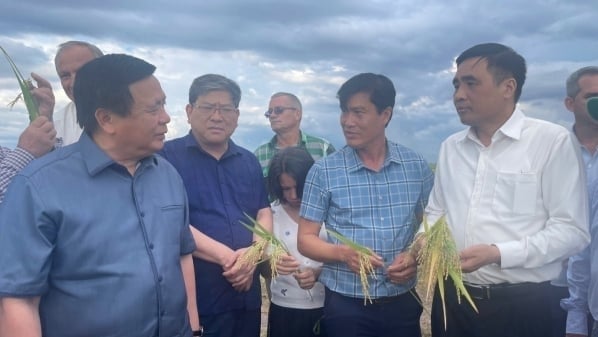
(VAN) Deputy Minister Nguyen Quoc Tri also expressed his hope that Cuba will soon overcome its current challenges, attain food security, and further expand cooperation with Vietnam.

(VAN) The project contributes to enhancing the resilience of communities vulnerable to the impacts of climate change, with a primary focus on local women.

(VAN) Green materials help save energy and resources. However, after more than 10 years, Vietnam has only developed over 200 green buildings with more than 6 million square meters of floor space.
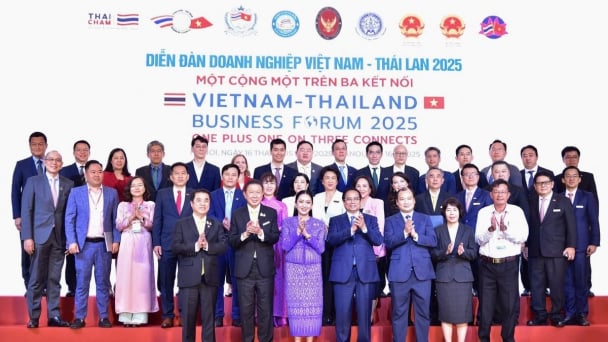
(VAN) Vietnam - Thailand Business Forum 2025: One plus one on three connects, marking a milestone in the comprehensive strategic partnership between the two nations.